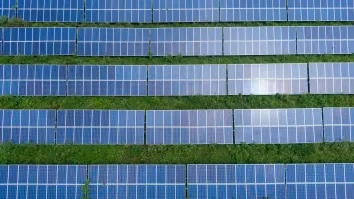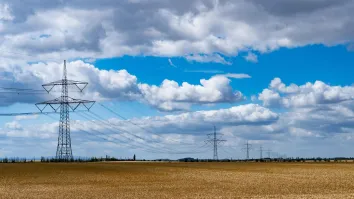
CHART OF THE WEEK: These are the nuclear power plants plotted across Asia
China is on track in being the number 1.
Asia's giant may have failed in boosting its nuclear installed capacity, but it is still on the road to becoming the country with the most number of nuclear power plants, and it's even likely to outpace the United States.
A spokesperson from the Institute of Energy Research said that China is building nuclear reactors quickly and cheaply—about 5 years per reactor and $2000 to $2500 per kilowatt. By 2020, China should have 58 gigawatts of nuclear capacity. By 2050, China’s nuclear power should exceed 350 gigawatts, having spent over a trillion dollars in nuclear investment. In just ten years, China’s nuclear capacity will likely exceed that of the United States.
India, on the other hand, has been reported by World Nuclear News to have allocated an extra 30 billion rupees ($442 million) to boost nuclear power generation projects over the next 15-20 years in its 2016 budget, finance minister Arun Jaitley announced on 29 February.
"We need to diversify the sources of power generation for long-term stability," Jaitley said in his budget speech. "The government is drawing up a comprehensive plan, spanning over 15 to 20 years, to augment nuclear power generation. Budgetary allocation of up to 3000 crore rupees per annum, together with public sector investments, will be leveraged to facilitate the required investment for this purpose," Jaitley said in his budget speech. (One crore is equivalent to ten million).
Over to Malaysia, the local government is keen to develop a domestic nuclear industry, and the Malaysia Nuclear Power Corporation (MNPC) was set up in 2011 to focus solely on the development of nuclear in the country. Malaysia has one 1MW research reactor, which was build in the 1980s, but no other nuclear capacity is online. The original aim was to build two nuclear power plants in the country by 2021 and 2022; however, this was postponed as opposition against nuclear ignited in the aftermath of the Fukushima disaster in Japan in March 2011.
However, Georgina Hayden from BMI Research said that they have since seen an uptick in rhetoric towards nuclear, notably in 2014, when the government announced it aims to develop nuclear in the country by 2024/2025. It has been reported that site selections are underway and negotiations with international nuclear companies are ongoing - with Rosatom, Areva, Westinghouse amongst others being cited as contenders.
"Malaysia's push to develop nuclear power is driven by the government's desire to diversify the country's power mix away from a heavy reliance on thermal
energy sources and ensure long-term energy security. Malaysia relies on natural gas for nearly 55% of its electricity needs, and coal for roughly 34%," Hayden said.



















 Advertise
Advertise






